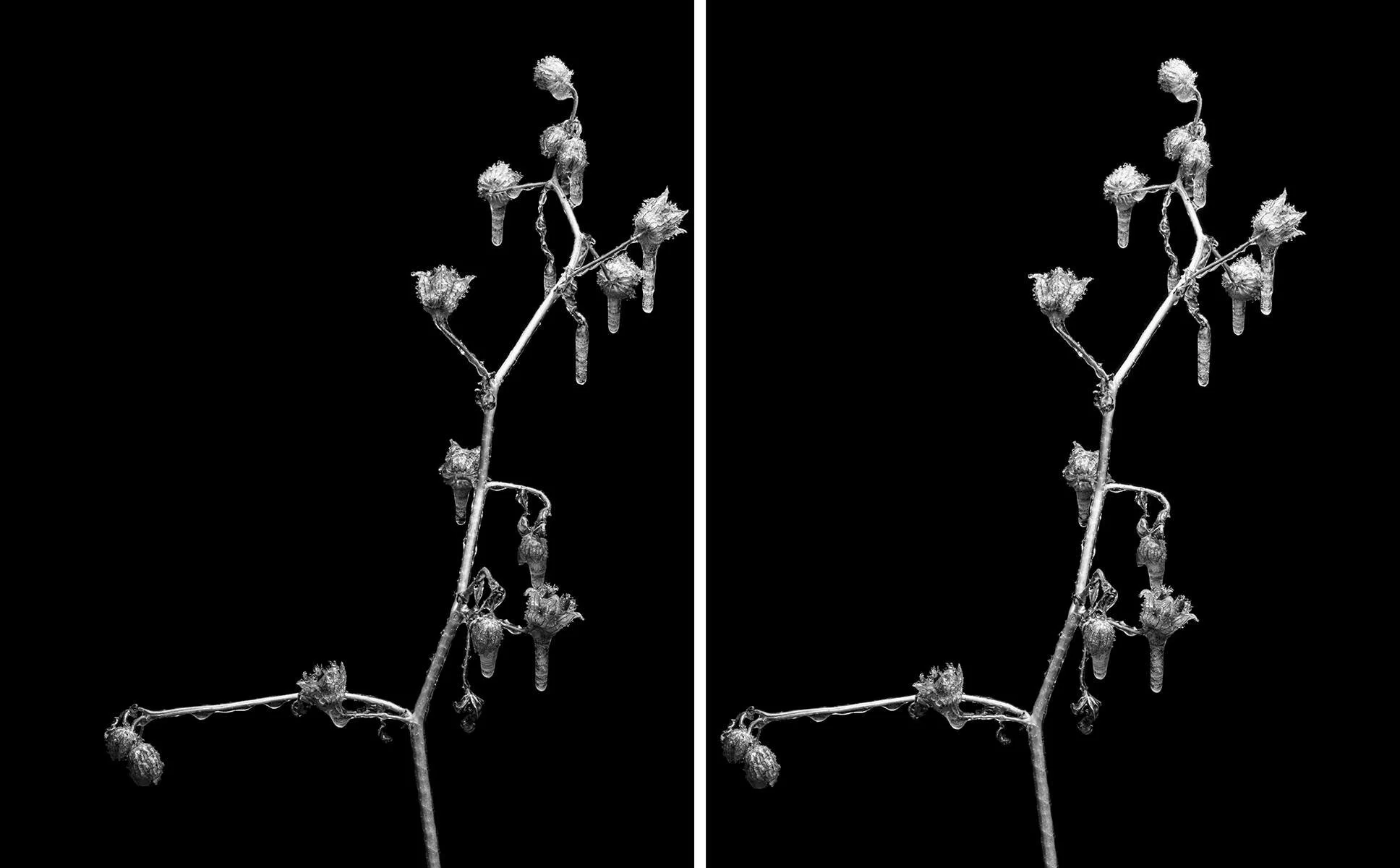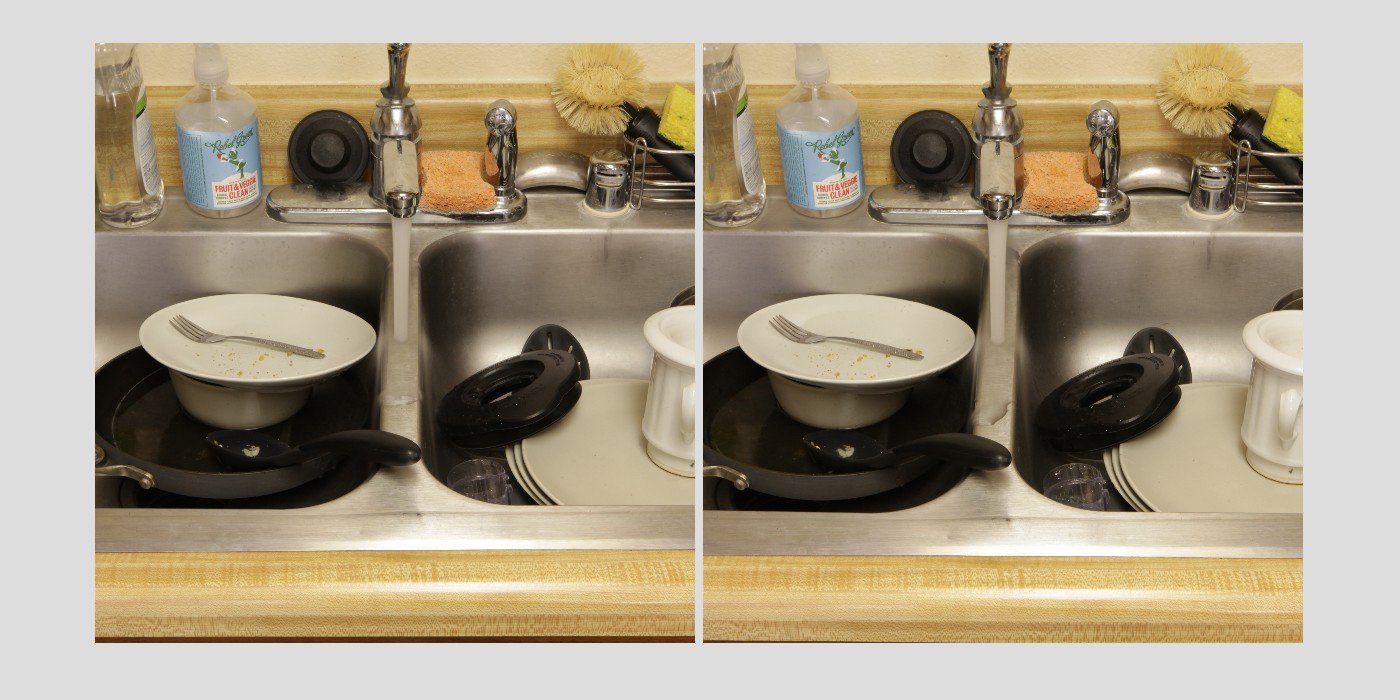Stereo: Not just for Audio
I’m a bit ashamed to admit it, but this is about a project I started somewhere around 12 years ago. It’s not that I’ve been lazy and it’s not that I didn’t know what I was doing. I just had no idea how I would market something that took so much time and effort. Or maybe I felt like I was creating something that no one besides me would find interesting.
Stereoptic images are nothing new. They made their first official premier in 1851 during the London International Exhibition. Apparently by the late 1800’s they were quite popular amongst the middle class and even used as teaching aids in classrooms. You can read more about them on the Library of Congress website.
The basic principle is quite simple. Humans see in three dimensions because each eye is seeing a slightly different view of the world. Stereoptic images work exactly the same way. Two images are taken from slightly different positions and when viewed correctly (either with a viewfinder or flexing your eyes like you’re looking at a Magic Eye poster) you see the scene in 3D.
I was pretty young when I first learned about this system. My mother, with an interest in collecting some antiques, acquired an old viewfinder and ended up with maybe a dozen cards. Those cards were small. Each image was maybe 3x3 inches and mounted on card stock. Those cards would slide into the viewfinder and you would then see a wonderful depiction of Victorian era life.
It wasn’t until adulthood that I realized how out of fashion these images had become. Most people my age knew about the technology because maybe their grandparents had a viewer. I didn’t really understand why something this cool was no longer around. That is, until I realized I had a viewmaster when I was younger.
My first attempt at making stereoptic images included several scenes from around my apartment. I put the images together and mounted them to work in the antique viewer. They were effective, but I still didn’t know what to do with this new skill.
One of the samples from my test run
I should mention at this point that I typically work backwards. The artistic images I create are for myself. If I’m excited about the process, I assume I can find some other people that will share my excitement for the final product. Why create anything unless you’re excited? Once I come up with an idea, I then work backwards to justify the reason for it.
Most of my creative projects are pretty complex composites with lots of elements and color. I had an idea where I would represent each of the four seasons with a simple photograph of plant life indicative of our landscape throughout the year. After spending a few months on the project, I realized this was a prime opportunity to create stereo images so I started over. I justified this by saying that my new Hasselblad X2D would produce unequivocally detailed images.
I imagined myself walking into a gallery space and being slightly confused by seeing two seemingly identical large-format images hung next to each other. Learning they are a 3D image, it becomes a conversation piece. My hope was that people would linger longer than typically looking at a gallery photograph.
My first image was winter. I found a plant with some great texture and then spent several hours making icicles form on the plant. I took a few shots to give me some different options and then brought those to my computer. I was dumbfounded by the results. Staring at the image in 3D consumed me. The amount of detail and clarity shown in the photograph truly made me feel like the plant was directly in front of me.
As I write this, I’ve only completed winter and fall. I’m beyond excited to create spring and summer. While I wait for our plants, I’m starting to shop the project around and will hopefully find a home for the project soon.
I don’t know how many people will find this project as interesting as I do, but I don’t think I really care. I like when people appreciate my work, but this project, more than anything, is for me.
Thanks for reading.


